More than 1 IV. 2 So one group of participants would receive one treatment while another group would receive a different treatment.

Within Subject Design Repeated Measures Design
The researchers in the crudest form of the test will give all of the participants.
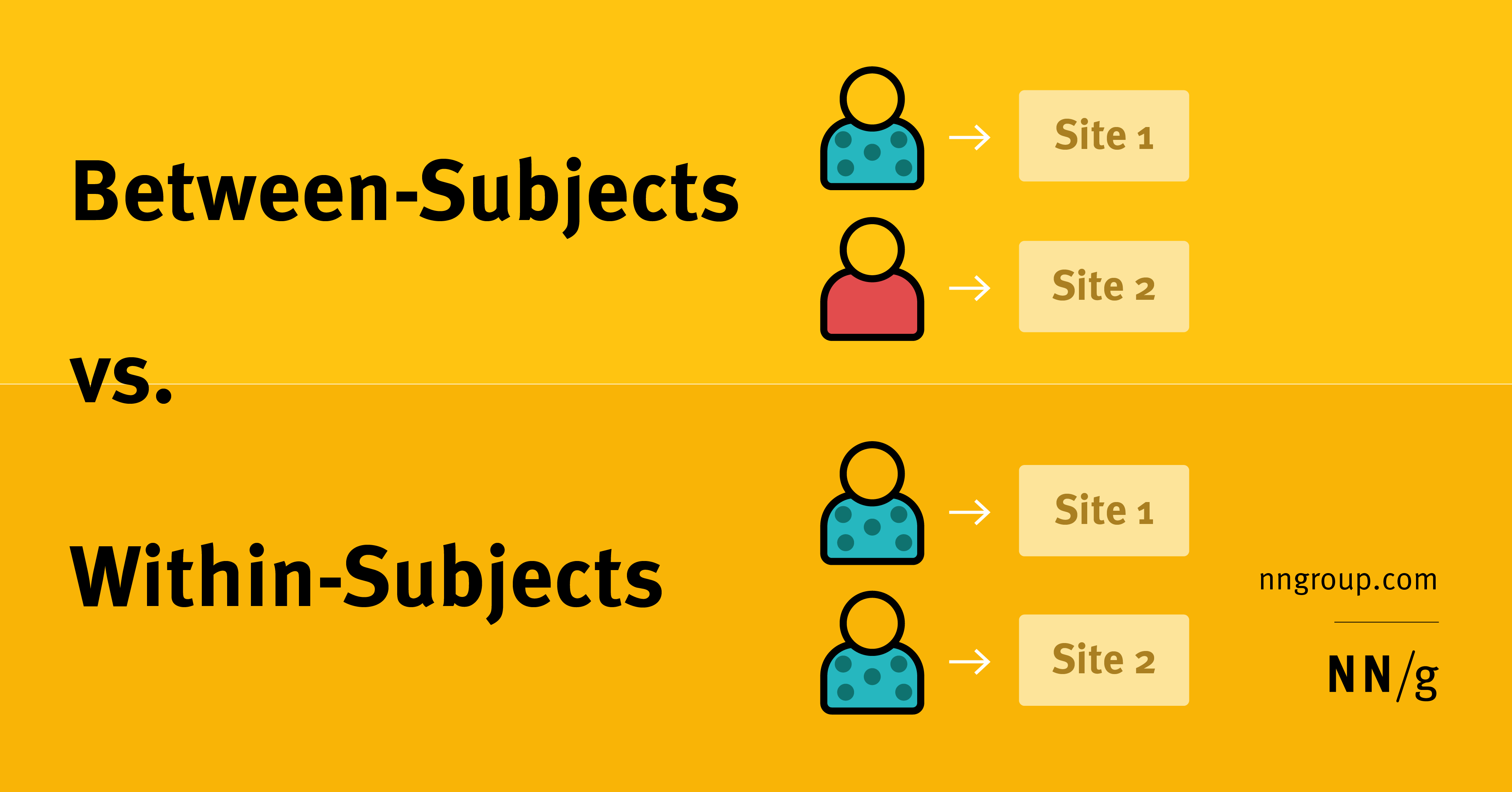
. Advantages Disadvantages of Wi-Subjects Designs. For example in a candy taste test the researcher would want every participant to taste and rate each type of candy. You are studying the effects of time the independent variable on perceptions of the pandemic and coronavirus the dependent variable.
Within-Subjects Design In a within-subjects design subjects give responses across multiple conditions or across time. Within-subject designs also known as repeated measures designs are used when participants in an experiment are assessed more than once and their results are compared to one another in the same experiment. For example assume that in the case of our car-rental study we were also interested in knowing how participants younger than 30 perform compared with older participants.
Here are a few examples of between-subjects design testing sessions categorized by the industry conducting the tests. What is the goal. Another common example of a within-subjects design is medical testing where researchers try to establish whether a drug is effective or whether a placebo effect is in order.
For example if you are conducting a taste test and the same participants drink several flavors rating their reaction each time then flavor is a within-subjects factor and your study is said to use a within-subjects design. Within-subjects ANOVA however is more general than the paired correlated-scores t-test in that it also can be used with more than two repeated measures. A within-subjects factor is an independent variable in which participants are exposed to more than one level.
Another common example of a within-subjects design is medical testing where researchers try to establish whether a drug is effective or whether a placebo effect is in order. Within-subjects studies are typically used for longitudinal studies as researchers can assess changes within the same group of subjects over an extended period of time. Due to the nature of the research question your participant design will be a within-subject design.
The researchers in the crudest form of the test will give all of the participants the placebo for a time and monitor the results. Examples of within-subjects design Example 1. For example subjects can report how happy they feel when they see a sequence of positive pictures and another sequence of negative pictures.
This type of experimental design is when one set of participants are tested more than. Repeated-Measures Design The Ultimate Matched Pair Advantages of Within-Subjects. What is an example of a within subject design.
Within-subjects design over time. The withinsubjects ANOVA is appropriate for repeated - measures designs eg pretest-posttest designs within-subjects experimental designs matched designs or multiple measures. Both Within- Between-S IVs.
A between-subjects design is the opposite of a within-subjects design where each participant experiences every condition and the differences in the conditions happen within a given subject across conditions. Explicit Memory in Amnesics vs. Like in the previous example your experiment will most likely be composed of single or multiple reading tasks and your stimuli will be text excerpts.
In a between-subjects design people are only assigned to a single treatment. First each subject is observed repeatedly in different conditions and the same measure is used as the. Arial Arial Black Wingdings Times New Roman Tahoma Studio 1_Studio Bitmap Image Dependent Samples Within-Subjects Design An Example An Experiment An Experiment Comparison of Between-Subjects and Within-Subjects Designs Two Sample Designs Within-Subjects aka.
Between-subjects versus within-subjects design Youre planning to study whether taking a nap your independent variable after a learning session can improve test scores your dependent variable. Emilys study is an example of a within-subjects design which is sometimes called a repeated measures design. Under 30 over 30.
Using a within-subjects design. Data collection for within-subjects design sessions takes longer because each participant is taking part in multiple treatment conditions. Three common circumstances lead to within-subjects designs.
This within-subjects design can be compared to what is known as a between-subjects design. For example you have gathered a large sample of participants early in 2020 and have sent. In this case we would have two independent variables.
Another common example of a within-subjects design is medical testing where researchers try to establish whether a drug is effective or whether a placebo effect is in order. A within-subjects design refers to a study design where two or more measures are obtained from a sample of subjects. In other words measures are repeated across levels of some condition or across time points.
The goal is to measure changes over time or changes resulting from different treatments for outcomes such as attitudes learning or performance. Within-Subjects Designs Basic Within-Subjects Repeated-Measures Design. The differences between the two groups would then be compared.
This type of design is also referred to as a repeated measures design. In a within-subjects design all participants in the sampleare exposed to the same treatments. If you use a between-subjects design you would split your sample into two groups of.
Between-Subjects Within-Subjects and Mixed Designs page 1 Overview This reading will discuss the differences between between-subjects and within-subjects independent variables and will discuss some issues that are specific to studies that use each type. Recall that another label for independent variable is factor. You can use either a between-subjects or a within-subjects design.
Consider yourself a social researcher. It is possible that an experiment design is both within-subjects and between-subjects. A within-subjects or repeated-measures design is an experimental design where all the participants receive every level of the treatment ie every independent variable.
The researchers in the crudest form of the test will give all of the participants the placebo for a time and monitor the results. Age with 2 levels. Examples of between-subjects design.
For example assume a psychiatrist is looking for new medication to treat patients with Obsessive-Compulsive Disorder OCD. For example assume a psychiatrist is looking for new medication to treat patients with Obsessive-Compulsive Disorder OCD. In a within-subjects design or a within-group design all participants take part in every condition.

Within Subjects Repeated Measures Design Experimental Psychology Jove
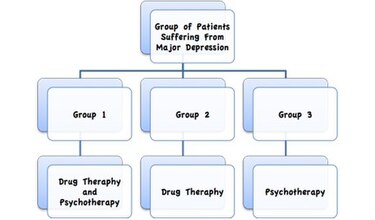
Between Group Design Wikipedia

Between Subjects Vs Within Subjects Study Design
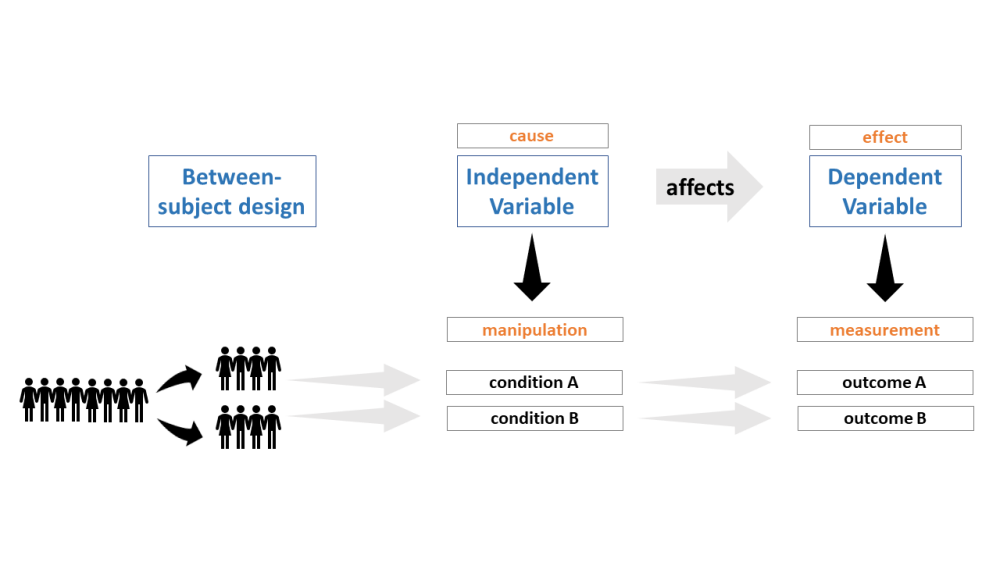
Learn How To Implement Your Participant Design In Pro Lab

Between Subjects Design Independent Groups Design
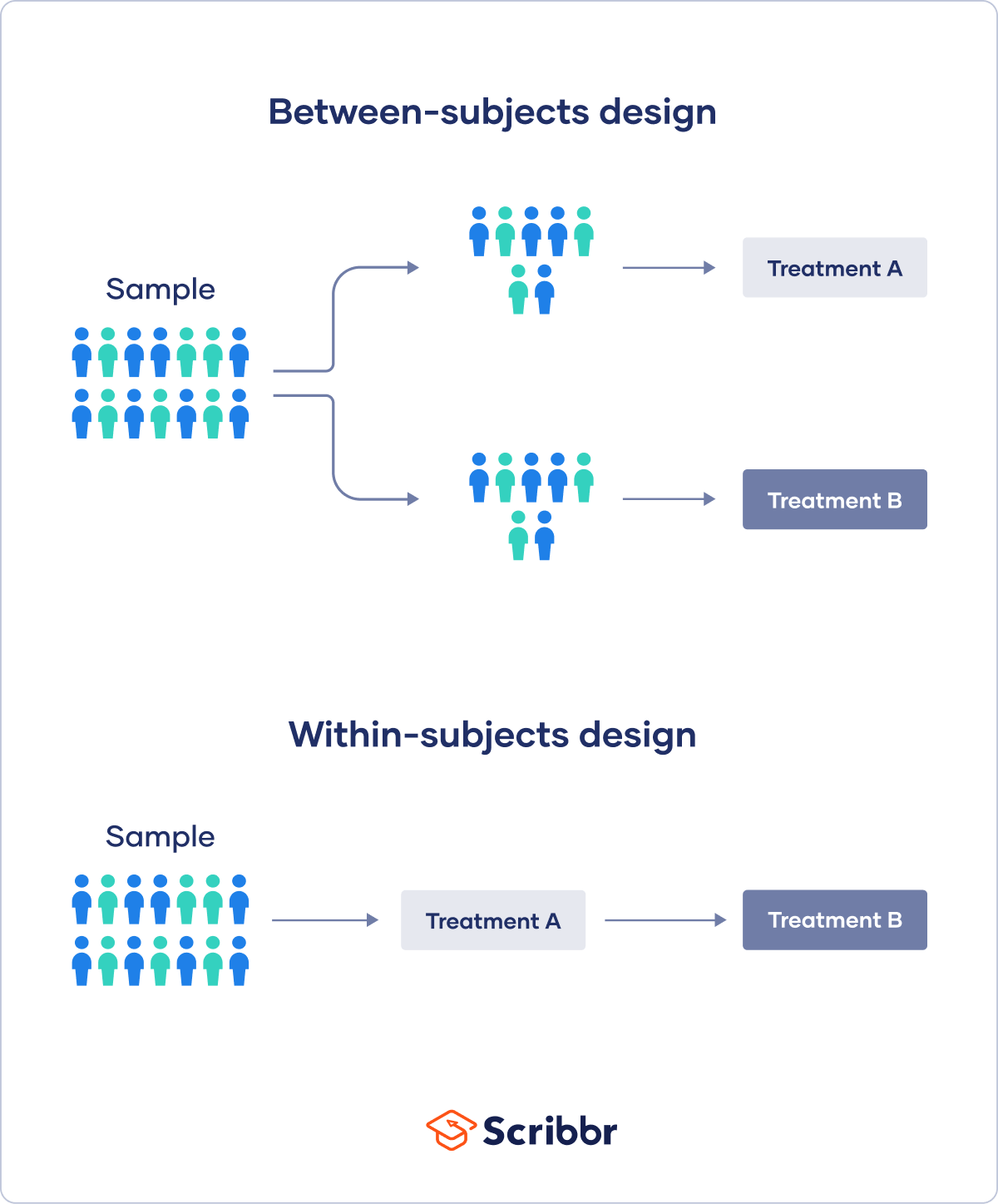
Between Subjects Design Examples Pros Cons

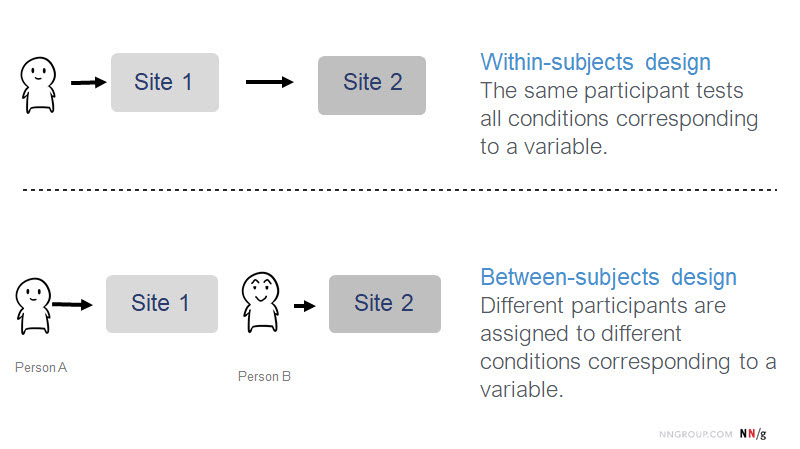
0 comments
Post a Comment